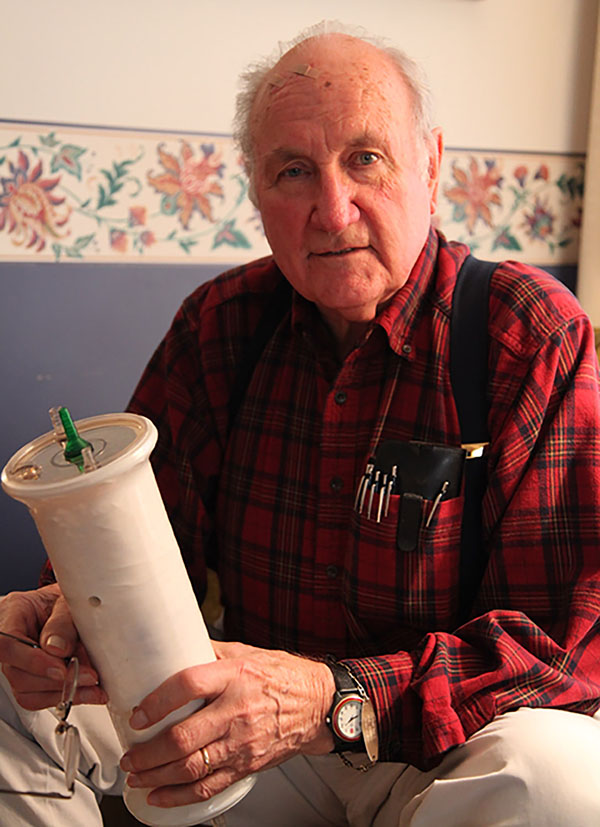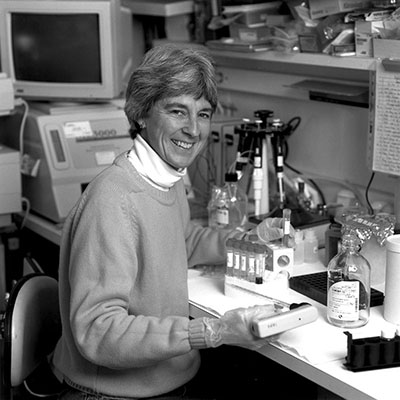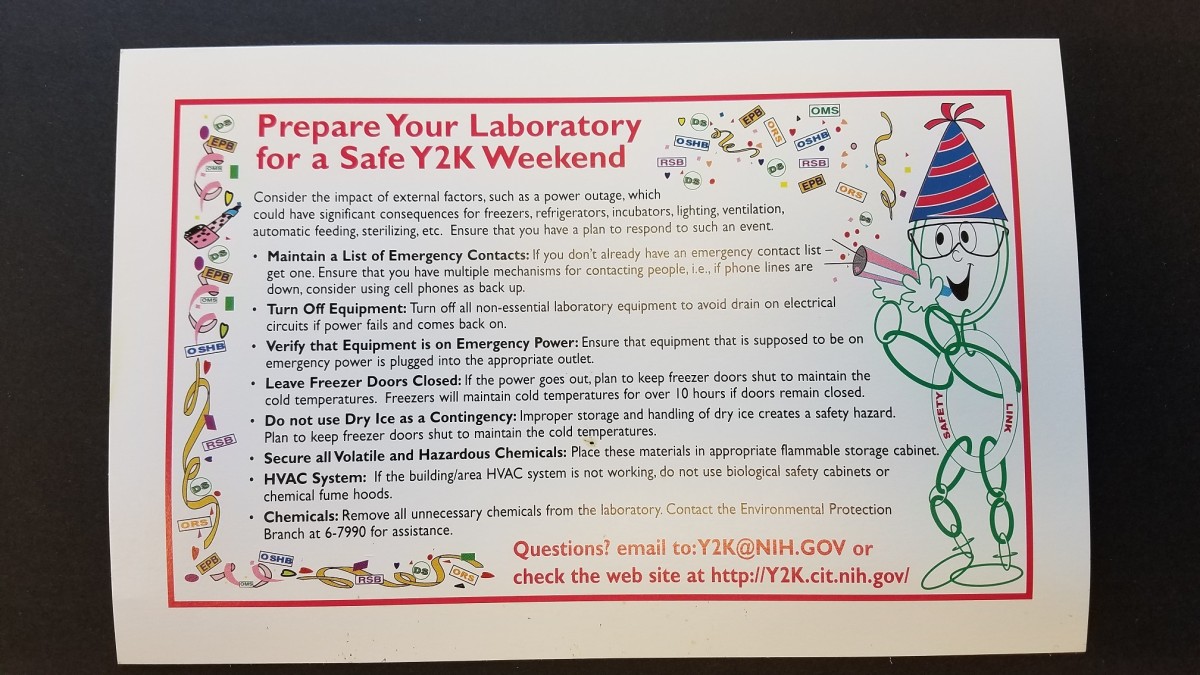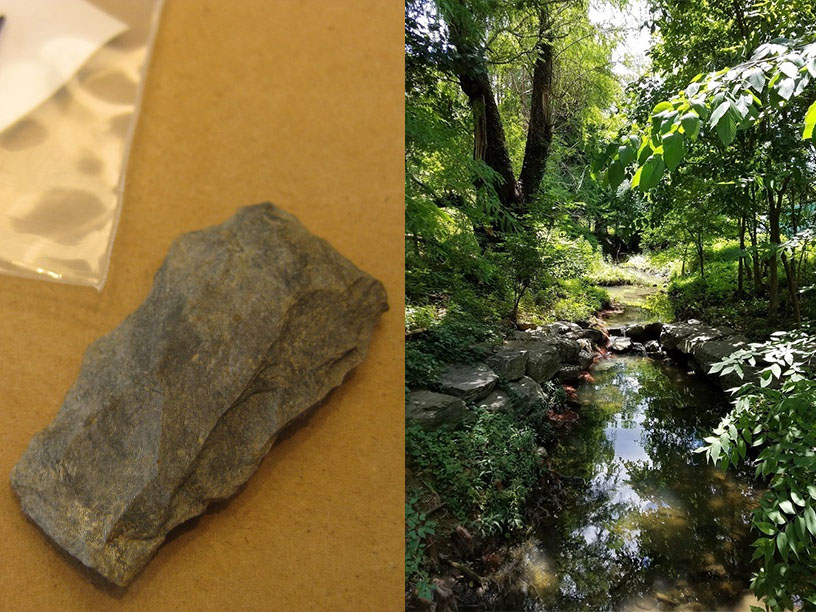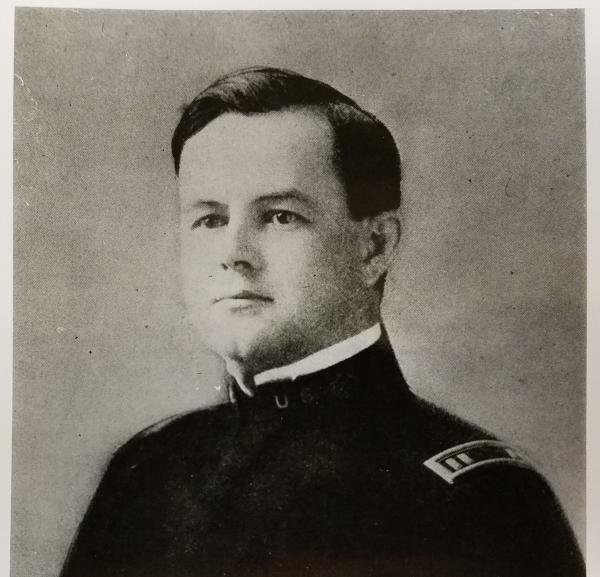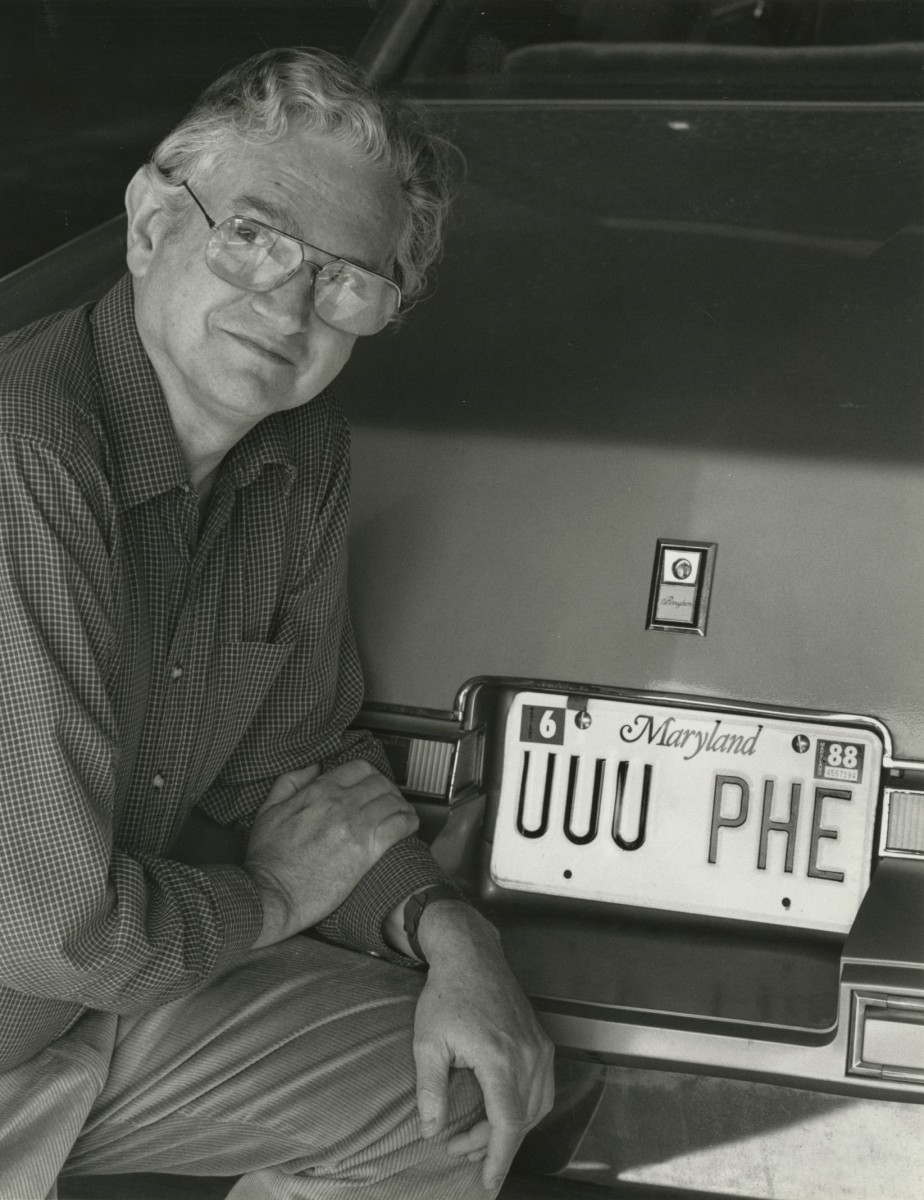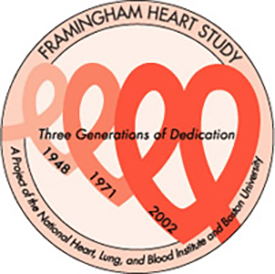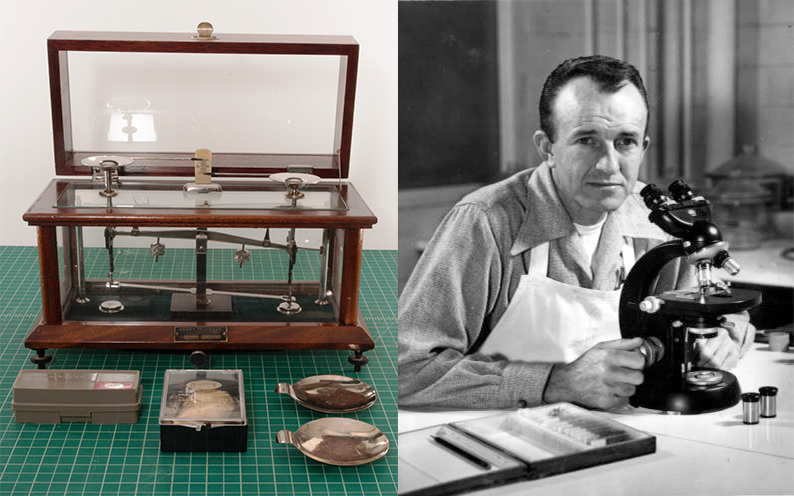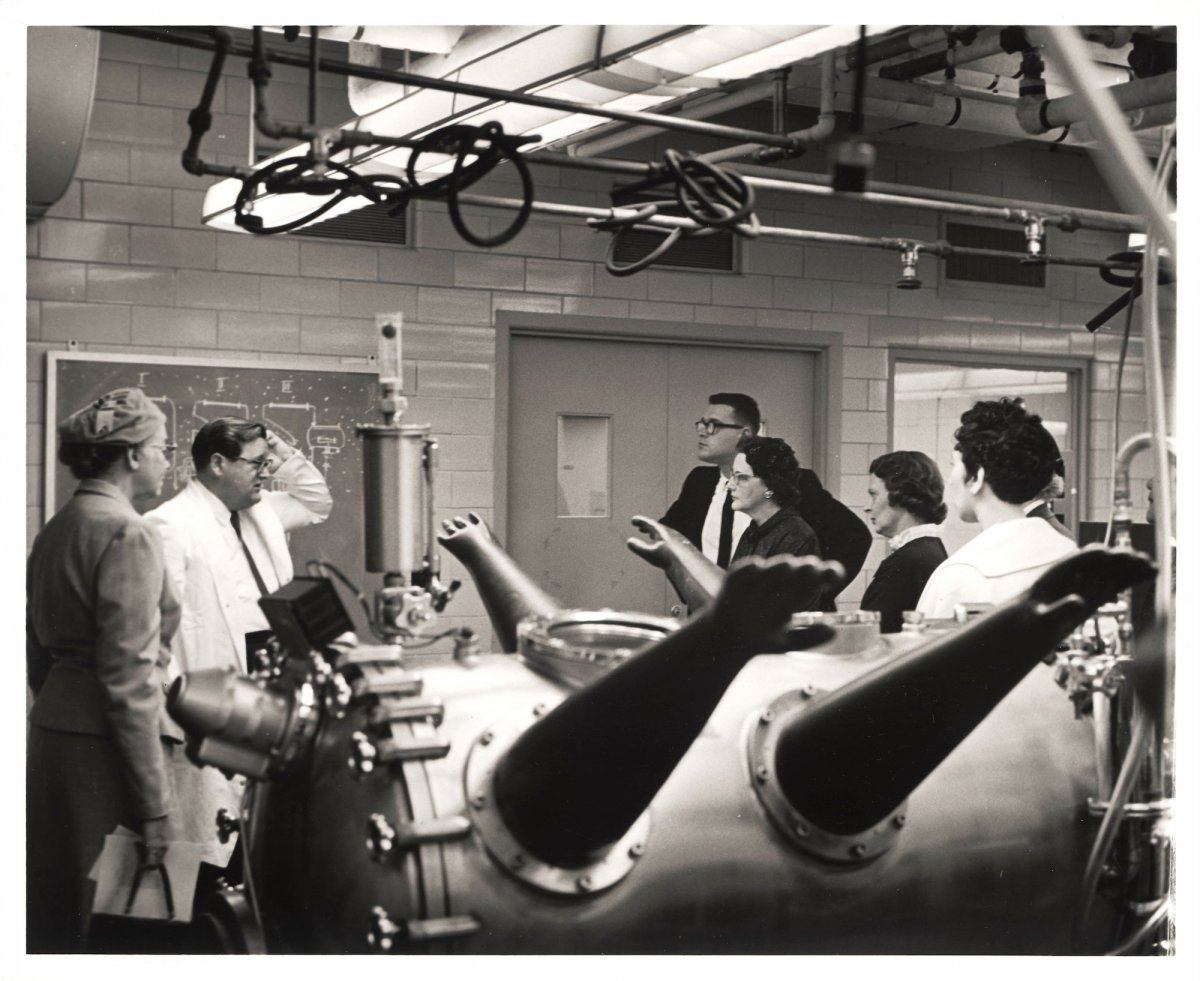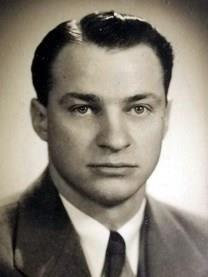A Look Back at the Legacy of Theodor Kolobow
The IRP has been home to a number of truly remarkable scientists who spent decades making discoveries and developing technologies that would go on to improve the lives of many. One of these giants was Theodor Kolobow, M.D., who passed away in March of last year at age 87. During his many years at the NIH's National Heart, Lung, and Blood Institute (NHLBI), Dr. Kolobow made momentous contributions to the study of our lungs and cardiovascular systems, including advancements in the development of artificial organs and key insights into the biological processes behind acute lung injury.
Dr. Kolobow's legacy lives on not only through his colleagues' fond memories and his lasting influence on medical practice, but also through the NIH's historical archives. Read on for a tour through Dr. Kolobow's life and career, as can only be told by the Office of NIH History.

